
The Martian meteorite known as “Black Beauty” weighs approximately 320 grams. (Carl Agee/University of New Mexico)
Scientists have determined a meteorite discovered in the Sahara Desert in 2011 is about 2.1 billion years old and could be the first meteorite to come from the surface of Mars.
The meteorite, designated NWA (North West Africa) 7034 and nicknamed “Black Beauty,” weighs about 320 grams and is loaded with Martian water. It is so uniquely different from other Martian meteorites that scientists say it is in a class of its own.
They believe Black Beauty, which contains 10 times more water than other Martian meteorites from unknown origins, formed during the beginning of the most recent geologic period on Mars, known as the Amazonian.
“The age of NWA 7034 is important because it is significantly older than most other Martian meteorites,” said Mitch Schulte, program scientist for the Mars Exploration Program at NASA headquarters in Washington. “We now have insight into a piece of Mars’ history at a critical time in its evolution.”
The NASA-funded team of scientists from various universities and institutions analyzed the mineral and chemical composition, age, and water content of the meteorite.
Black Beauty’s chemical composition includes organic carbon, which is similar to other Martian meteorites, known as SNC meteorites. However, other aspects of Black Beauty’s composition are very different.
“The texture of the NWA meteorite is not like any of the SNC meteorites,” said Andrew Steele, who led the carbon analysis at the Carnegie Institution’s Geophysical Laboratory. “This is an exciting measurement in Mars and planetary science. We now have more context than ever before to understanding where they may come from.”
Black Beauty, according to the research team, is made of cemented fragments of basalt, rock formed from rapidly-cooled lava. The fragments are primarily feldspar and pyroxene, most likely from volcanic activity.
“This Martian meteorite has everything in its composition that you’d want in order to further our understanding of the Red Planet,” said Carl Agee, leader of the analysis team and director and curator at the University of New Mexico’s Institute of Meteoritics in Albuquerque. “This unique meteorite tells us what volcanism was like on Mars two billion years ago. It also gives us a glimpse of ancient surface and environmental conditions on Mars that no other meteorite has ever offered.”
Up until now, SNC meteorites have been the only meteorite samples from the Red Planet scientists have been able to study, however, their exact point of origin on Mars isn’t known. Scientists say recent data from NASA Mars lander and orbiter missions indicate the SNC meteorites are actually a mismatch with the Martian crust.
But Black Beauty does match up with surface rocks and outcrops studied by NASA’s Mars rovers, such as Curiosity, Opportunity and Spirit, as well as its orbiting satellites, like the Mars Odyssey Orbiter.
“The contents of this meteorite may challenge many long-held notions about Martian geology,” said John Grunsfeld, associate administrator for NASA’s Science Mission Directorate in Washington. “These findings also present an important reference frame for the Curiosity rover as it searches for reduced organics in the minerals exposed in the bedrock of Gale Crater.”











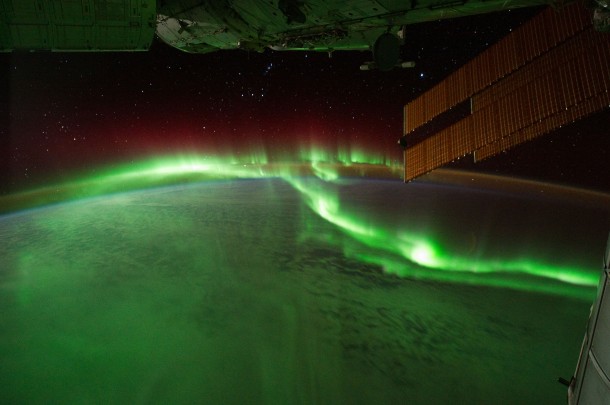








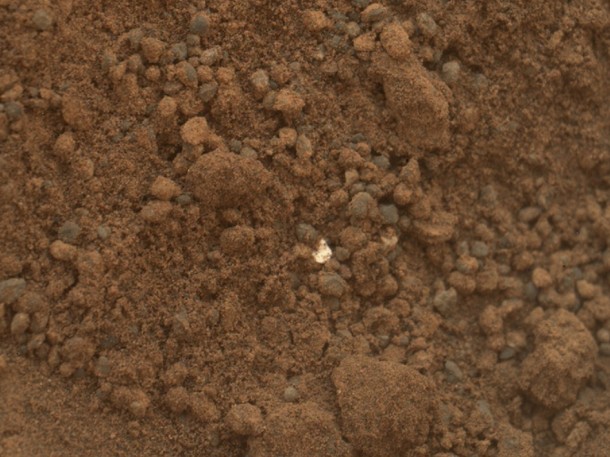




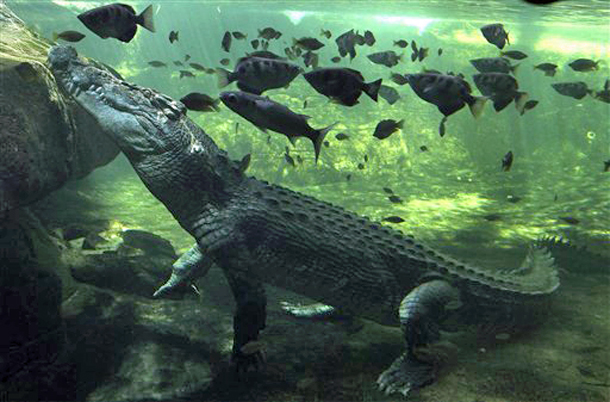

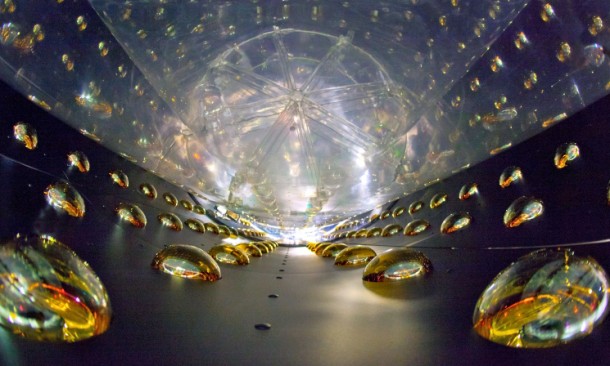














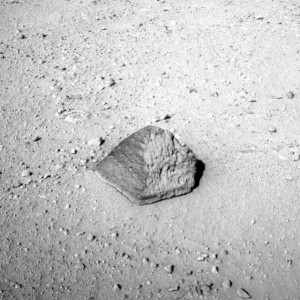














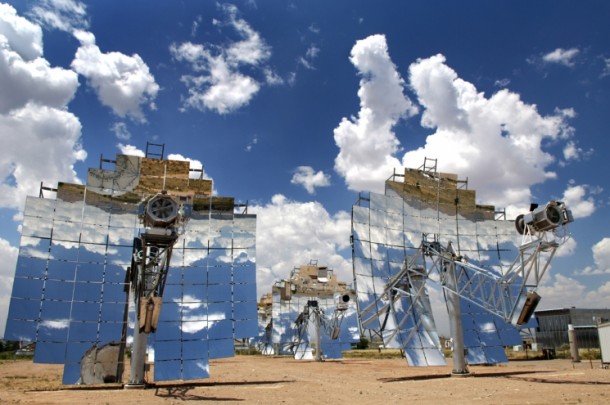






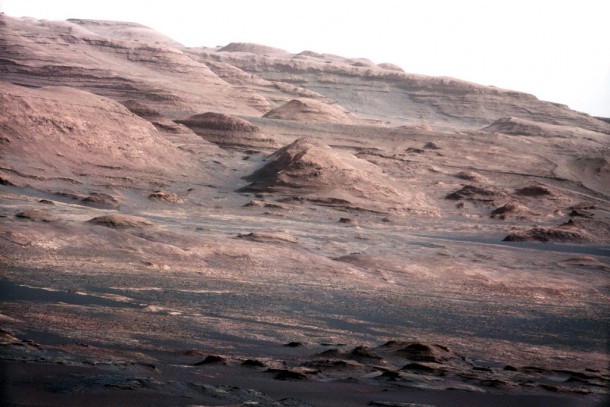

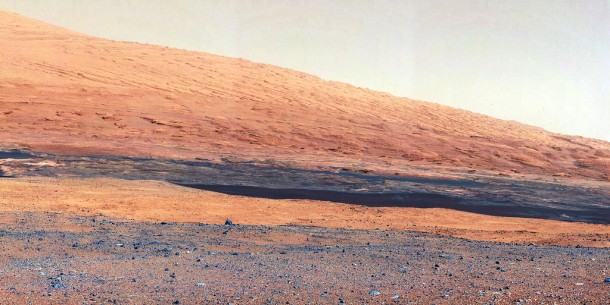


 Science World is VOA’s on-air and online magazine covering science, health, technology and the environment.
Science World is VOA’s on-air and online magazine covering science, health, technology and the environment.